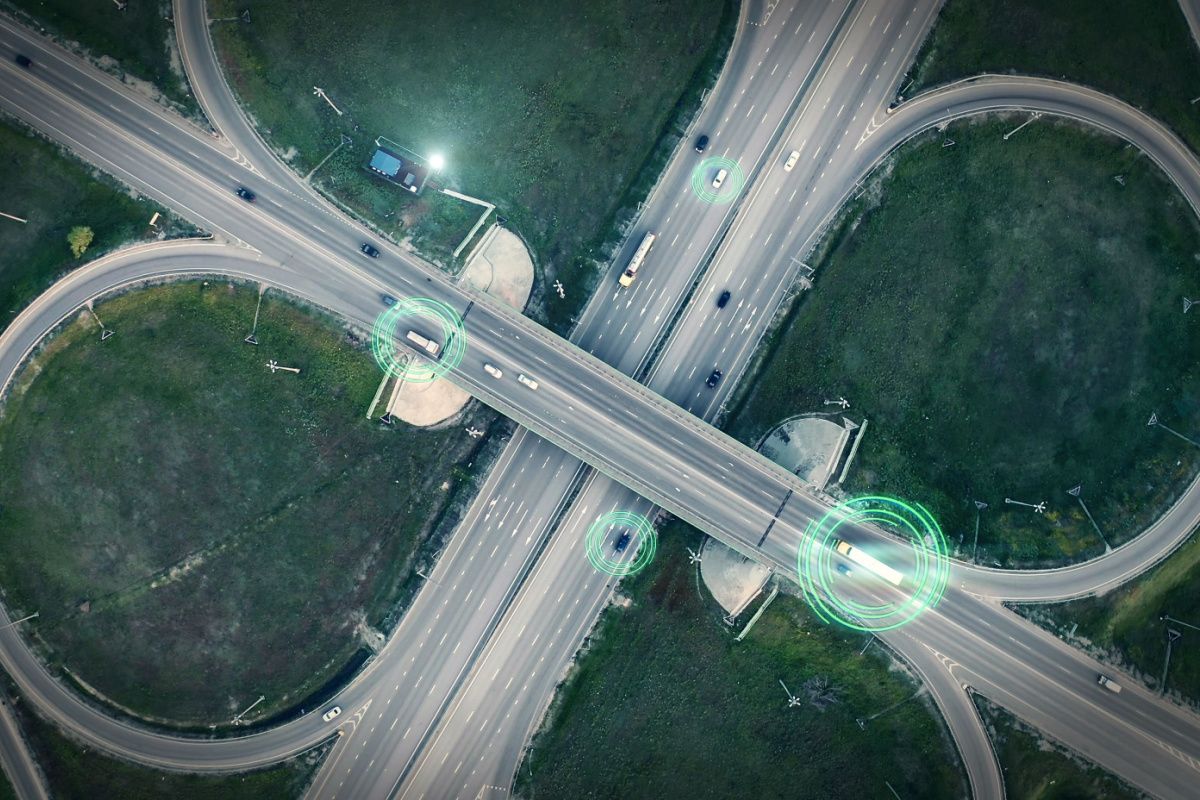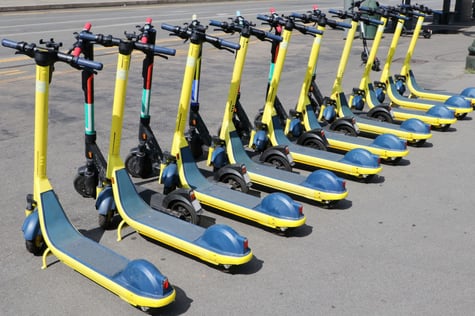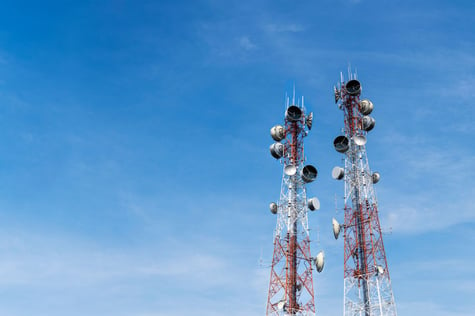In 2021, the global cold chain market was valued at $253 billion, and is projected to double within the decade. A significant part of this growth is the dependency on it by medical and food suppliers to transport sensitive goods over long distances. However, approximately $750 billion is lost every year due to poor cold chain logistics and improper facilities/training.
GPS tracking is a vital element in cold chain logistics to provide reliable data for businesses to correctly manage and transport goods. GNSS modules act as the foundation of GPS via their locational precision to improve process efficiency. But what is the specific role of GPS trackers in the cold chain, and what are their required features?
What is the cold chain in relation to GPS trackers?
The cold chain is the processes, equipment and actions involved in the management of low-temperature goods in a supply chain. This includes the production, storage and distribution of cold products, with the main focus of ensuring the quality and safety of perishable or sensitive products. There are a range of products and devices that help the management of cold products, such as asset tracking and smart contracts.
Asset tracking represents the GPS element of the cold chain. These devices provide businesses with locational data and the amount of time products have spent in specific locations. For example, a GPS tracker on a container of vaccines will allow businesses to distinguish how long a product has spent outside of a cooled environment. This information can then be sent to a database that provides a holistic view of where products have been and when. These trackers usually include GNSS and GPS modules that use satellite communications to provide accurate locational information.
Smart contracts take the data transmitted from asset tracking and automates the management process. Databases are integrated with pre-established workflows by businesses that can interpret whether a specific good is safe or not. These workflows then introduce automation to the process; smart contracts can inform a business that a package of vaccines have been in warm temperatures for too long, and that they must be contained in a refrigerated environment soon or risk them perishing. Asset tracking and smart contracts both optimise the cold chain process and reduce the amount of products that become unusable.
What are the required features for cold chain GPS trackers?
- Compact size - In order to optimise the transportation of goods in the cold chain, packaging size is minimised to store the maximum number of packages. In light of this, GPS trackers embedded in product packaging need to be compact whilst providing sufficient performance and power efficiency. Moreover, specific products such as vaccines are already compact in size, and require a tracker that is small enough to be reliably attached.
- Power efficiency - One of the most vital elements of a GPS tracker is its power efficiency. These devices need to be reliable around the clock, providing regular locational updates without the risk of running out of power. Due to the remote nature of GPS trackers and their compact applications, they need to be able to run for extended periods on a small battery. As a result, they need to be highly efficient whilst performing their locational purpose, or could otherwise jeopardise the quality of time/temperature sensitive products.
Antenova GNSS modules - efficient and simple integration for tracking
GPS tracking technology is optimising the cold chain market by reducing the number of products that are left in high temperatures for too long. As a result, GPS trackers require antenna solutions that are both compact and efficient to be reliable in their respective application. GNSS modules not only provide the locational properties required by GPS trackers, but represent all-in-one solutions for simple and fast integration into designs.
Antenova’s GNSSNOVA range exhibits a low profile whilst raising the bar in performance and power consumption. They have surface mounting capabilities for simple pick-and-place integration, making them easy to integrate for mass production. To find out more about GPS & GNSS modules, or contact a member of our team today.




